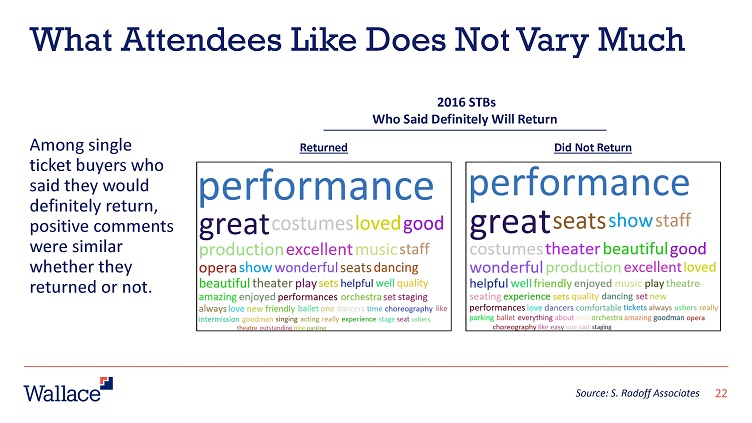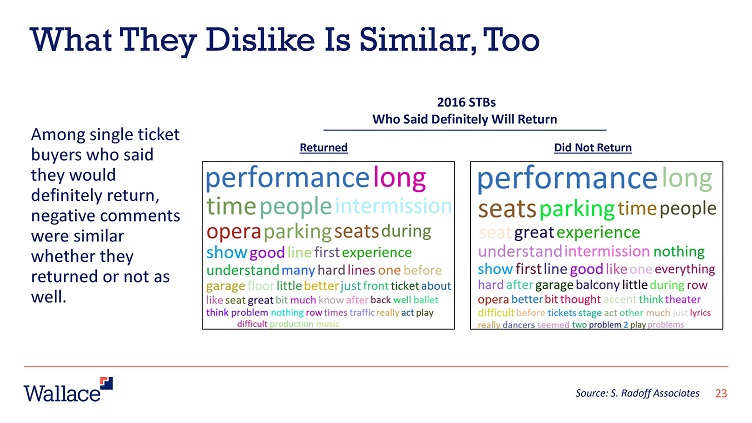As we move through the middle of the holiday season, it seems like a good opportunity to remind people to do a little due diligence so they don’t fall prey to some charity scams. Back in September For Purpose Law Group posted about a case of stolen non-profit identity that was exploited to make a lot of money. PetCo Park in San Diego, like many athletic venues around the country, allows charities to staff concession stands in return for a cut of the revenue.
When a group known as “Chula Vista Fast Pitch” wound down their operations and filed a dissolution notice with the state, two guys basically assumed the organization’s identity and applied to participate in the charity food service program at PetCo Park and then subsequently at other athletic venues.
While it was something of an open secret that the charity didn’t really exist, it was able to continue operating for years, reapplying to the program multiple times. It took reporting by the non-profit news organization, Voice of San Diego, to finally close the whole scam down.
Something else that doesn’t seem to exist at our baseball stadium is any meaningful vetting process for organizations applying (or reapplying each year) to participate in this coveted program. See Monday’s VOSD article along with: The Fake Charity at Petco Park Has Also Been Working at Snapdragon Stadium (August 29, 2023); Fallout Over Fake Nonprofit Continues at Snapdragon Stadium and Petco Park (August 30, 2023); and More on that Fake Charity that’s Been Raking in Cash at Petco (August 31, 2023).
It was a years-long lucrative fraud perpetrated in plain sight. But it was exposed and shut down in less than a week.
[….]
“At Petco,” Will Huntsberry points out, “Chula Vista Fast Pitch brought in $3.7 million in net sales over a five-month period earlier this year, according to receipts obtained by Voice. Charities generally get roughly 10 percent of their net sales at Petco. Ten percent of $3.7 million is $370,000.”
Extrapolating these figures over nine full years, at multiple venues, and including special events, Chula Vista Fast Pitch likely took in huge sums of money that should have gone to a local charity in good standing and operating for the benefit of the community.
Everybody wants to operate on good faith and believe that charitable organizations are benefiting worthy causes. Scams like this place a greater burden on other charities who operate legitimately and have to make additional efforts to prove it to funders. There are tools out there like Pro Publica’s Non-Profit Explorer potential donors can use to do some preliminary vetting of non-profits to which they intend to donate.





Thanks for what you are doing to bring cultural change to the arts. It is so important to represent everyone.…